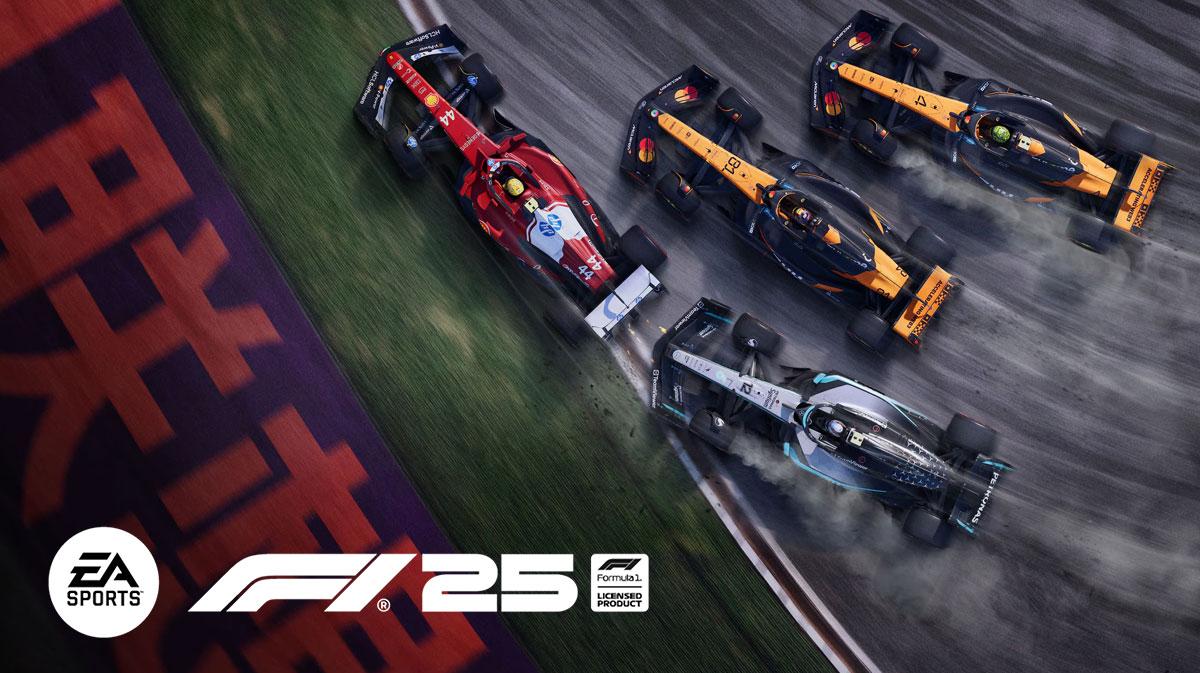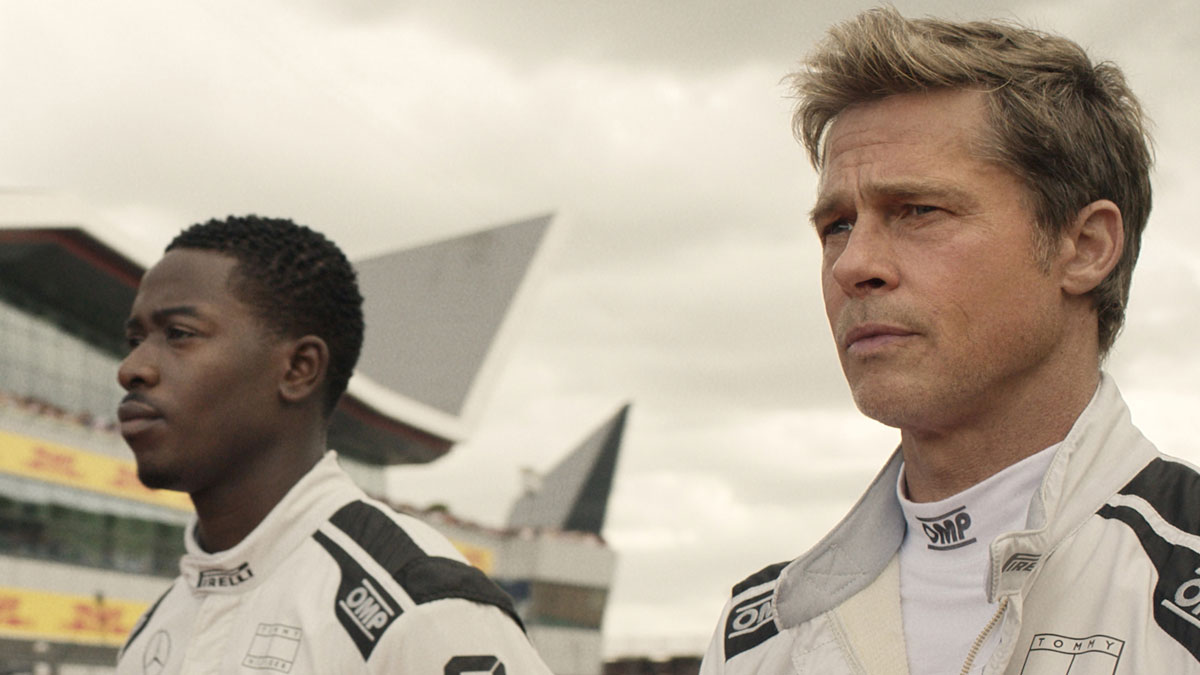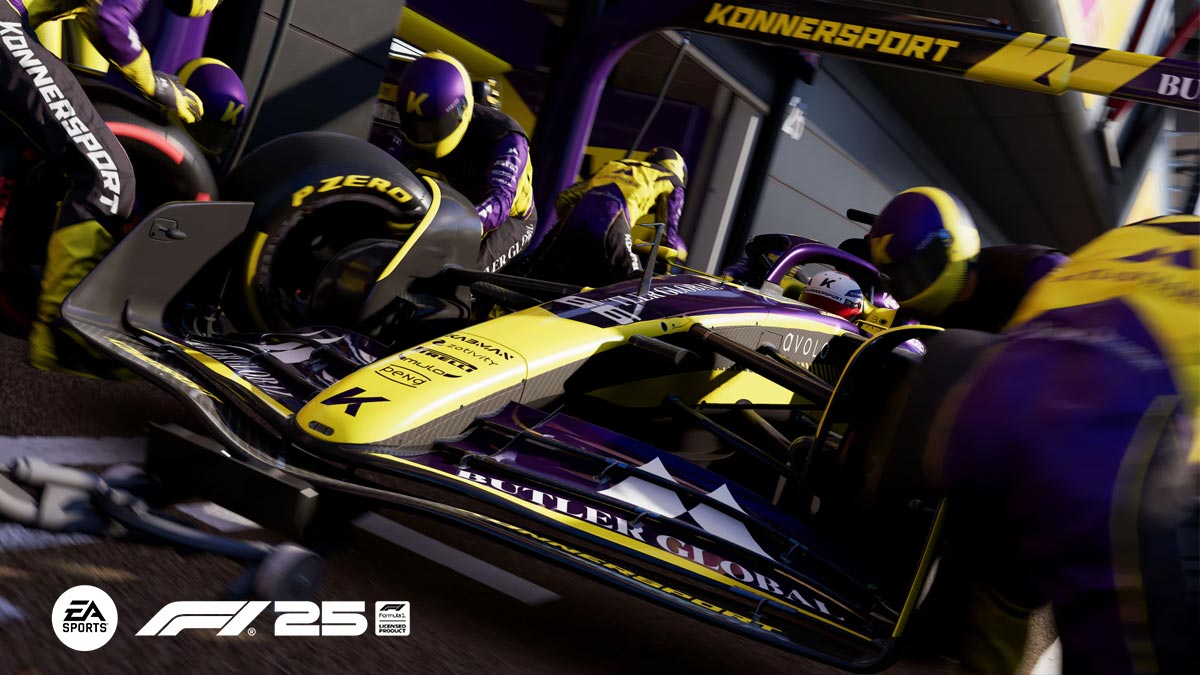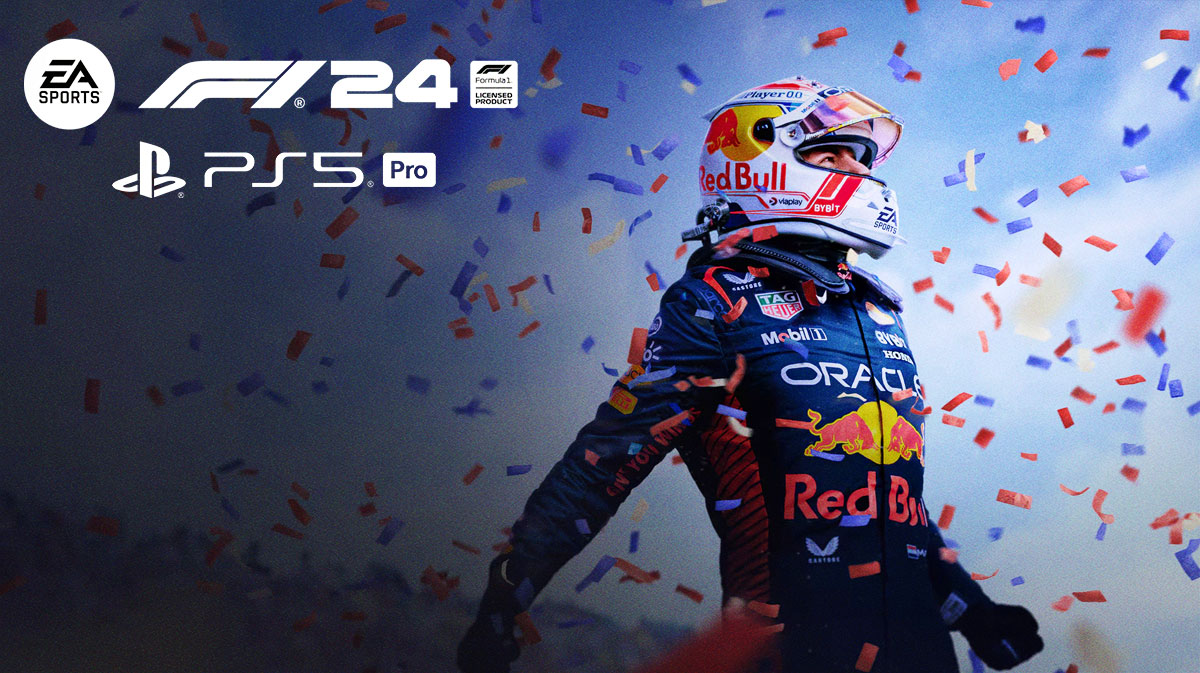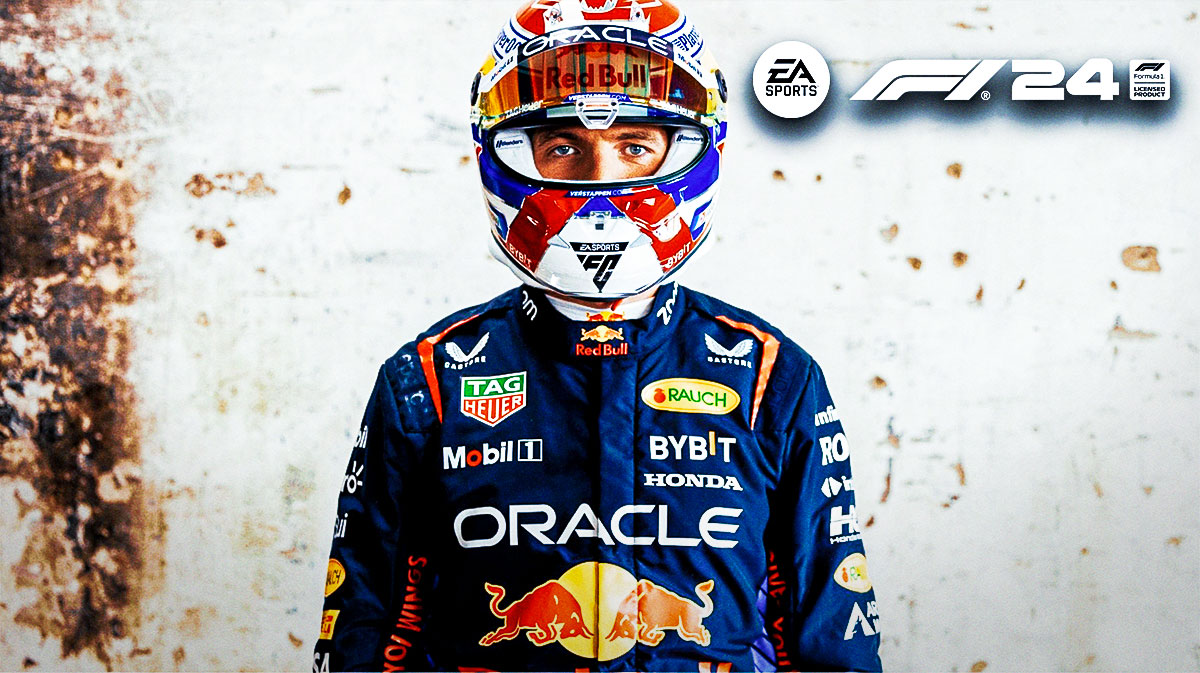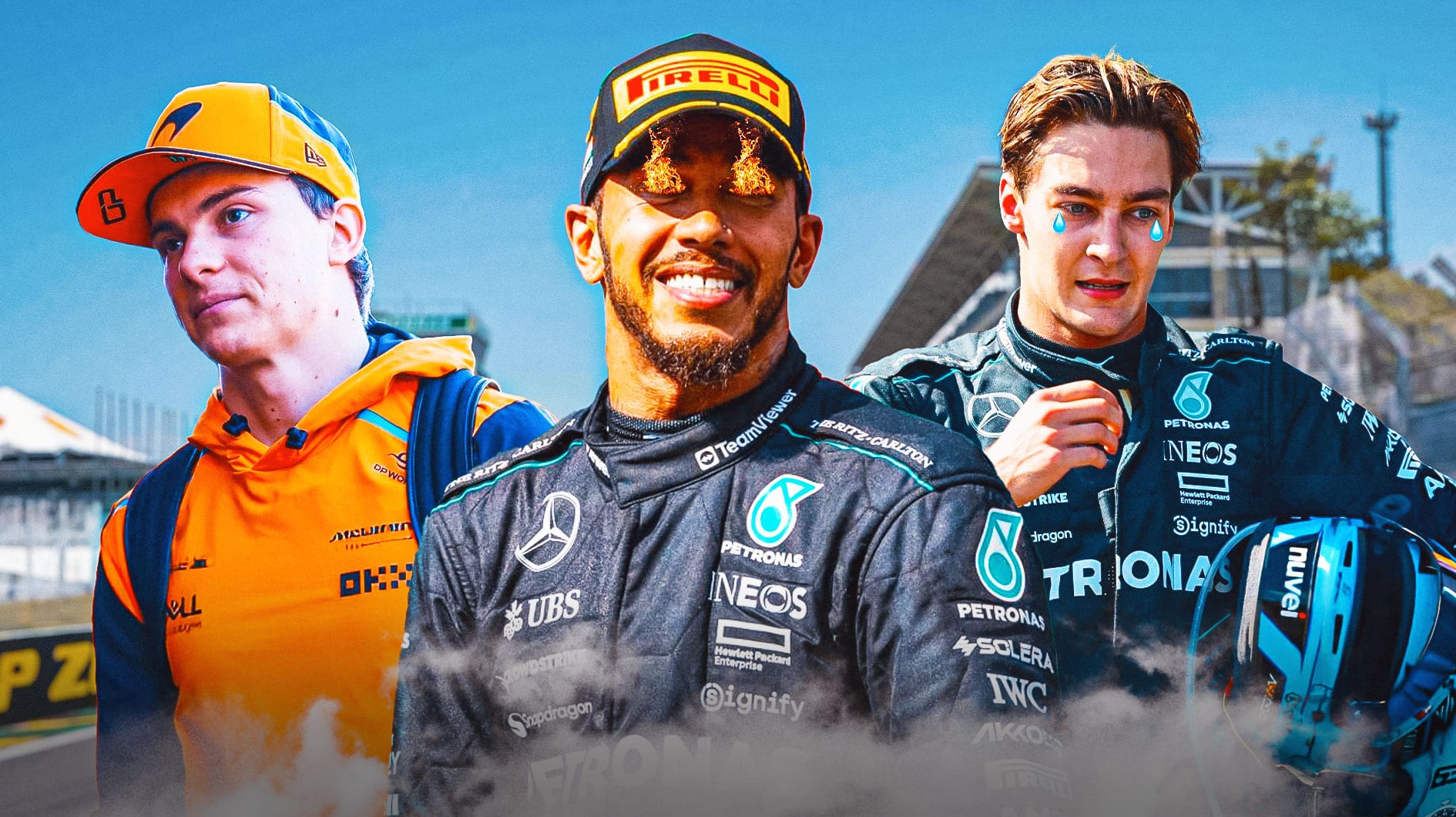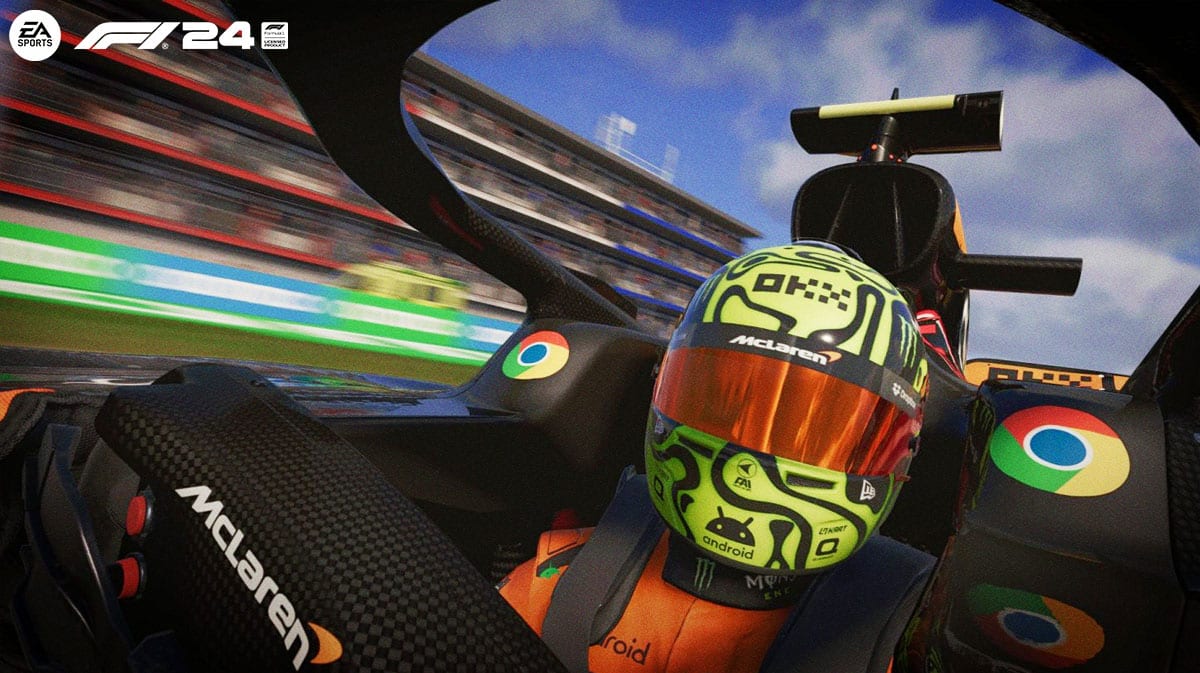Transforming Las Vegas into an F1 hotspot requires unparalleled logistical precision. The famed Strip becomes the heart of a 3.8-mile circuit, and pulling it off demands meticulous planning and military-grade execution. Unlike traditional race circuits, the Strip operates on an unprecedented open-close schedule to minimize disruption to its bustling surroundings. Emily Prazer, F1’s chief commercial officer, highlighted the challenges of keeping roads operational until race-ready conditions take over nightly.
Outside and inside the Turn 3 Club Las Vegas Grand Prix hospitality space. #vegas #f1 #lasvegasgp pic.twitter.com/9YBZuDQklU
— Mick Akers (@mickakers) November 21, 2024
Under the guidance of Terry Miller, the event’s general manager, the construction team completed their preparations with clockwork efficiency. Each element of the track, from barriers to lighting, was strategically installed following a lap-by-lap method that mimicked the driver's journey. The scale of the operation is staggering: 3,500 barriers stretching 7.6 miles, illuminated by 1,750 light units. All workers undergo rigorous training, ensuring they can seamlessly shift the track between “open” and “hot” states on a tight two-hour schedule.
These preparations reflect lessons learned from last year’s debut race. Sophisticated planning minimized delays, such as the disruption caused by a water valve incident during FP1. A proactive approach with detailed scenario mapping also enhanced readiness for emergencies, ranging from track incursions to equipment malfunctions.
The effort to limit the Strip’s closure to 12 days before the race underscores the organizers' dedication to preserving local life. By 4 a.m. after the Sunday finale, the Strip transitions back to regular traffic flow, while dismantling progresses toward a Christmas completion deadline. For Miller, who has managed Olympic and NFL stadium projects, this event ranks as the most ambitious endeavor of his career.
Beyond the Race: F1’s Year-Round Legacy
The Las Vegas Grand Prix is more than a weekend spectacle. The newly launched Grand Prix Plaza promises to keep F1 fever alive year-round. This 39-acre complex includes a karting experience dubbed “F1 Drive,” where fans navigate a track that incorporates portions of the actual race circuit. Advanced electric karts simulate the thrill of an F1 car, complete with DRS technology, engine sound effects, and digital steering wheel displays.
Fans can also engage with “F1X,” an interactive space that lets them design custom F1 cars while learning about the sport. Meanwhile, the Bellagio Fountain Club offers an exclusive vantage point for race enthusiasts seeking luxury, per PRnewswire. Guests can savor culinary creations from world-renowned chefs like Masaharu Morimoto and Jean-Georges Vongerichten, alongside surprise performances and award-winning cocktails.
These attractions highlight how Las Vegas blends motorsport innovation with its signature entertainment. As F1 cements its presence on the Strip, this iconic location sets a new standard for global racing experiences.


